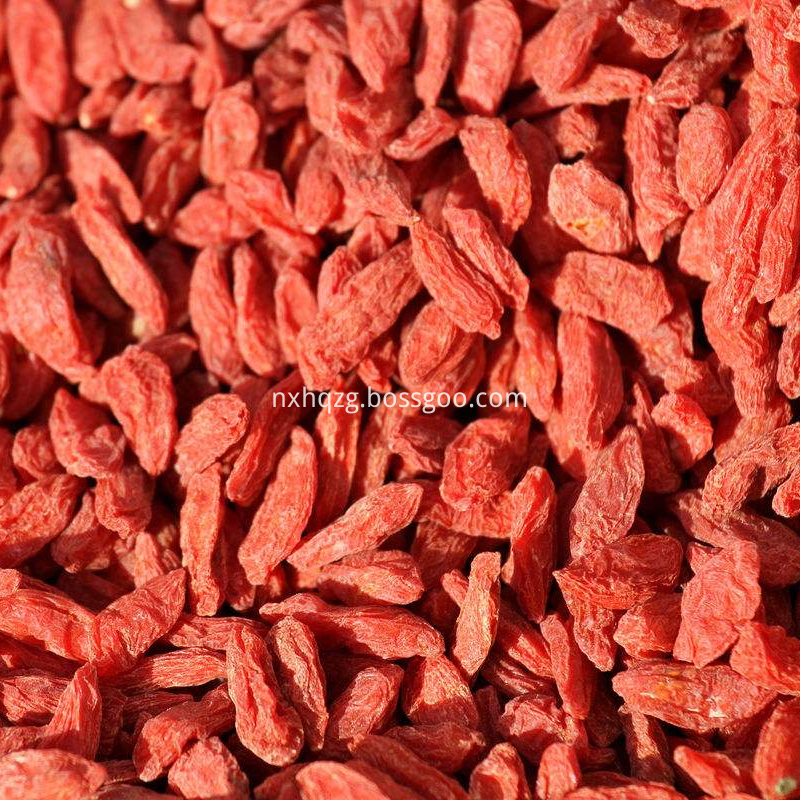Cultivation of European Primula
European Primula is Primulae, a primrose genus, alias primrose. In Europe, it is warm, cool, and humid. It is not resistant to high temperatures and strong direct light, and it is not tolerant to cold.
In the European Primula, seed sowing or seeding boxes are used for sowing. After sowing, it should not be covered with soil. However, it needs to be kept moist, so it is necessary to cover glass or place it halfway. About 10-15 days of germination, germination suitable temperature is 15-21 °C, more than 25 °C, the germination rate decreased significantly, PH value should be around 5.5.
After the seeds germinate, the cotyledons of the seedlings are fully developed. Temperature control at this stage is the key. Through the temperature control, yellow leaves caused by drying can be prevented. When the seedlings are placed on a seedbed with a good water spray device, the temperature can still be maintained at 18-20°C. When the cotyledons are fully expanded, the temperature should be reduced to 16-17°C to prevent leggy seedlings from growing. After the cotyledons are unfolded, the ratio of nitrogen and potassium fertilizers should be promptly supplemented with nitrogen/potassium ratio of 1:2.
Plug planting seedlings, seedlings should not be too long in the plug, so as not to delay flowering, planting 5-6 weeks after planting, new pots of seedling soil not to dry, peat-based mixed matrix is ​​better.
Humidity: To keep the medium moist and non-sticky.
Temperature: The seedling stage can be as high as 20°C. The temperature should be kept at 15°C and can't be lower than 8°C after the pots are kept until the seedlings are released. Should be kept at 7-10°C afterwards. After budding, the temperature can rise to 12-14°C.
Light: After germination, the temperature is controlled at 20°C and light is maintained for 14 hours to promote plant growth. The winter and spring seasons are sunny, and the young seedlings need to be shaded during the initial stage of transplanting or basins. When the natural light is lower than 8000LX, add light (70LX/m2). After filling, no artificial light is needed.
Water and fertilizer management: Keep the potted soil moist during the growth process. Keeping cool temperatures and reducing watering are ideal methods. Dripping and high temperatures can lead to excessive leaf growth. Do not pour at low temperature, but also to prevent high temperature, dry and produce deformed leaves.
The European Primula should not use heavy fertilizers. In order to prevent the leaves from being too long, excessive nitrogen fertilizers should be avoided, but with a higher proportion of potassium, the ideal ratio of nitrogen to potassium is 1:2 to 1:3. Plants were planted in pots with balanced NPK fertilizers. Due to the low temperature and low evaporation of water, continuous fertilization is very important. It can ensure the compact growth of plants and high quality. If the amount of fertilizer is insufficient in the early stage of planting, it will be difficult to make up later. The pH can not be higher than 6, otherwise it is easy to cause the plants lack of trace elements iron and manganese, and the plants are easy to fade.
Shade: Shade the plants before the roots are fully stretched in the basin. It is recommended to use a shading net outside during the first two weeks after packing.
Flower bud differentiation: The growth temperature below 15°C is conducive to the formation of flower buds. Early flower varieties are suitable for use in warm areas, such as 'pesetas'. Before the flower buds differentiate, there should be enough leaves to grow, at least the leaves can cover the potted soil. There is no need to use chlormequat, and plant shape control is through low temperatures.
Growth cycle: European Primrose usually blooms after 18-20 weeks and can supply New Year's Day and Spring Festival markets. Primrose cultivation can be done in the greenhouse in late autumn and early winter, and the temperature is adjusted to 10-15°C.
The size of the organic special class wolfberry is 280 grams of /50 grams.
Organic wolfberry is a kind of wolfberry produced in the production of organic wolfberry in accordance with the organic agricultural standard, without the use of genetically engineered organisms and their products, without any chemical synthetic pesticides, chemical fertilizers, growth regulators and other substances, and a series of sustainable agricultural technologies.
Lycium barbarum polysaccharide is not only a biological response regulator that regulates immune response, but also plays an anti-cancer role through nerve endocrine immune regulation network.
The fresh wolfberry is different in colour and lustre, but the color is soft, lustrous, and the meat is full. And the dyed wolfberry is mostly old. From the sense, the meat quality is poor, shiny, and the appearance is very bright and attractive. So, when buying wolfberry, it must not be greedy for "color", it is suggested to choose the first summer wolfberry. Qi. In particular, the whole of the wolfberry dyeing is red, even the small white point of the fruit of the wolfberry is also red, and the tip of the normal wolfberry is mostly yellow or white. The fruit of the wolfberry is red with the pigment, and the bake with sulfur is red.


Organic Red Goji Berry 280 Specifications
Organic Red Goji Berry 280 Specifications,Organic Goji Berry,Special High Organic Wolfberry,Organic Bulk Dried Wolfberry
Ningxia Hongqiaozhigu Technology&Development Co.,Ltd , https://www.guofuhui-ec.com